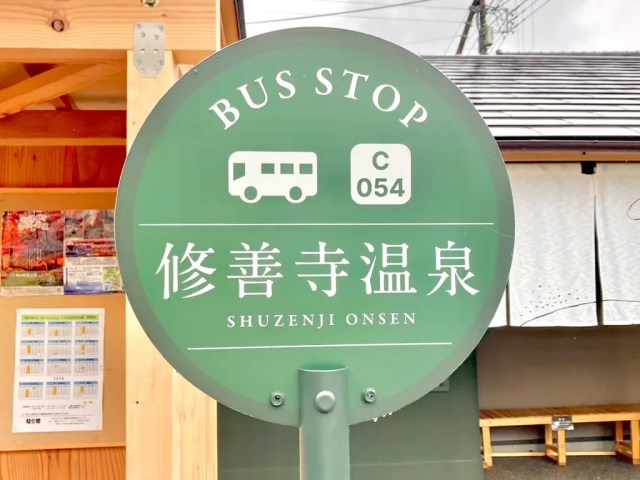
Sometimes great travel experiences come in little-Kyoto packages.
With its cultural importance and elegant aesthetics, Kyoto is one of Japan’s most beautiful cities. However, Kyoto is currently receiving more visitors than ever, and many would say the appeal of the place is diminished when your only view of the sights is beyond a mass of tourists in the foreground.
So if you’re craving some of the Kyoto atmosphere, but without the Kyoto crowds, the solution might be a visit to one of Japan’s sho-Kyoto, or “little Kyotos.” Sho-Kyoto is an unofficial term for towns or neighborhoods that have classical architecture and a traditional atmosphere. As the “little” part implies, sho-Kyoto aren’t as large in scale as Kyoto City, but that means the tourist crowds aren’t as big either, which sometimes makes for the more enjoyable visit.
You can find sho-Kyoto in various parts of Japan, and we recently took a trip to one called Shuzenji in Izu City, Shizuoka Prefecture, southwest of Tokyo.
▼ It’s about three hours from Tokyo Station to Izu City’s Shuzenji Station by regular train, and about 90 minutes if you take the Shinkansen from Tokyo to Mishima Station for the first part of the journey.
Shuzenji is in the north part of the Izu Peninsula. The map below, which we snapped a photo of at the station, is a little confusing because it’s drawn with south at the top instead of north, since it’s oriented in the direction you’re facing while looking at it (i.e. because of where it’s placed in the station, as you look at the map you’re physically facing south).
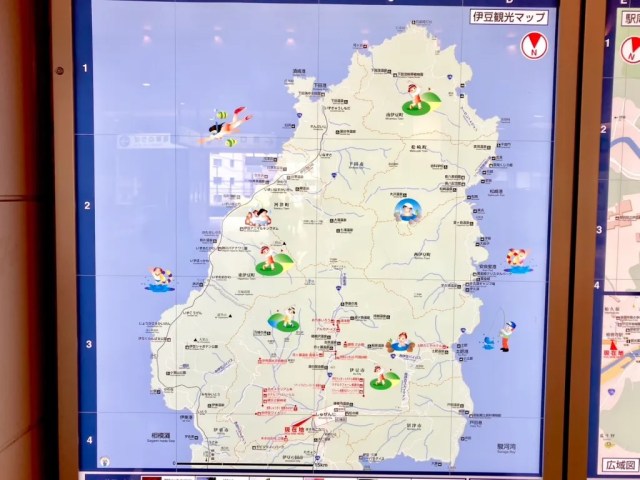
▼ How the map would look with north at the top, and Shuzenji circled in red
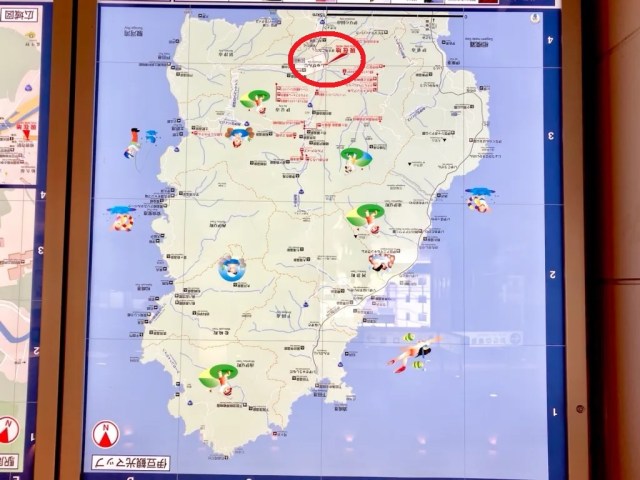
We ended up in Shuzenji based on the recommendation of a friend of our Japanese-language reporter Udonko’s, but arrived with no other advance information besides that it’s a sho-Kyoto worth checking out. Looking at the map, we spotted a number of onsen/hot spring baths in the town, marked with the kanji characters 温泉.
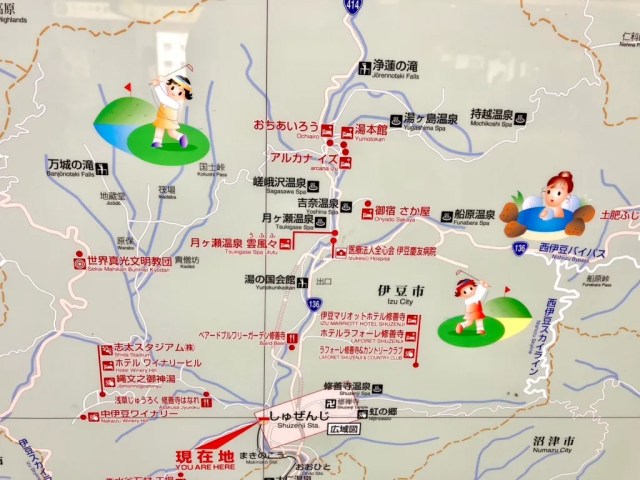
The station also has maps you can take with you, with local points of interest marked on it, and which also said that we could hop on a bus for an eight-minute ride to the Shuzenji Onsen bus stop, in the main sightseeing area.
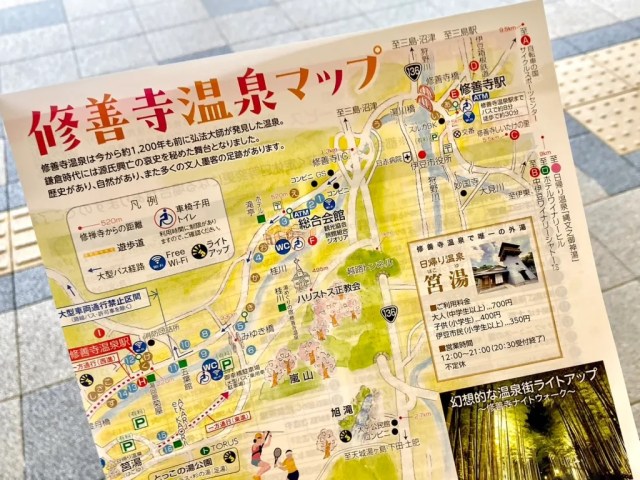
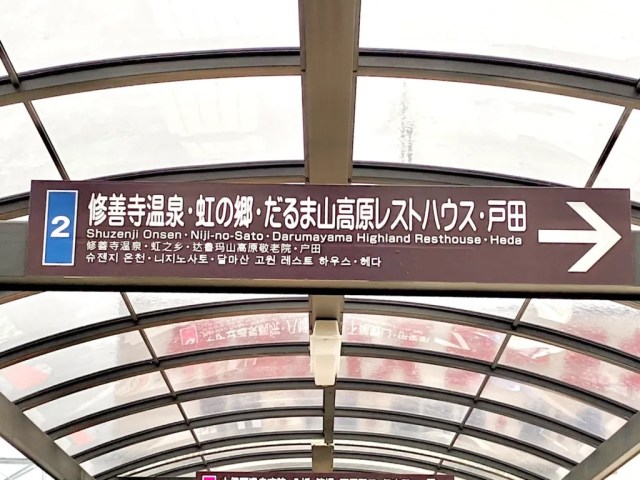
▼ Alternative, it’s about a 30-minute walk from the station to the bus stop.
Once off the bus, we simply followed the flow of foot traffic, taking us through a neighborhood of charming restaurants and souvenir shops…
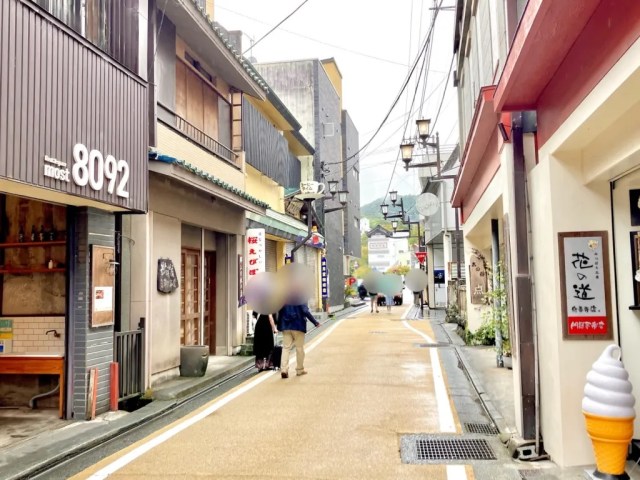
…and, past that, a sudden treat of breathtaking forested mountain scenery…
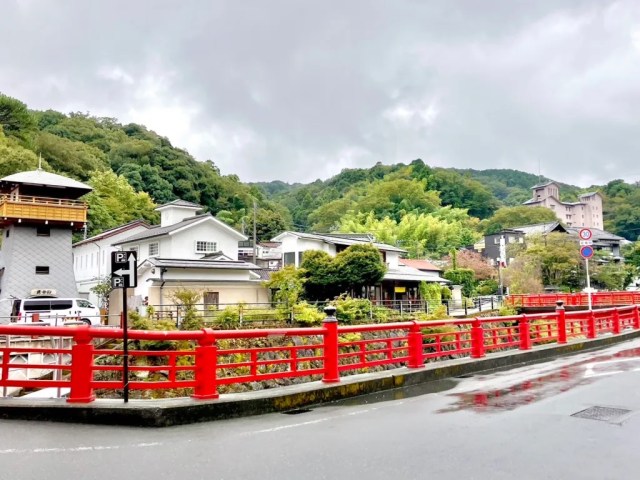
…and a striking crimson bridge.
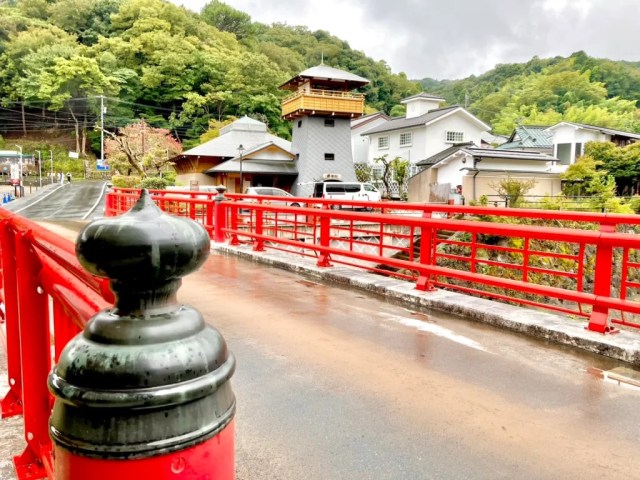
The sho-Kyoto vibes got even stronger when we noticed that this bridge is called Togetsukyo, which also just so happens to be the name of a bridge in Kyoto’s Arashiyama district.
▼ Togetsukyo (渡月橋)
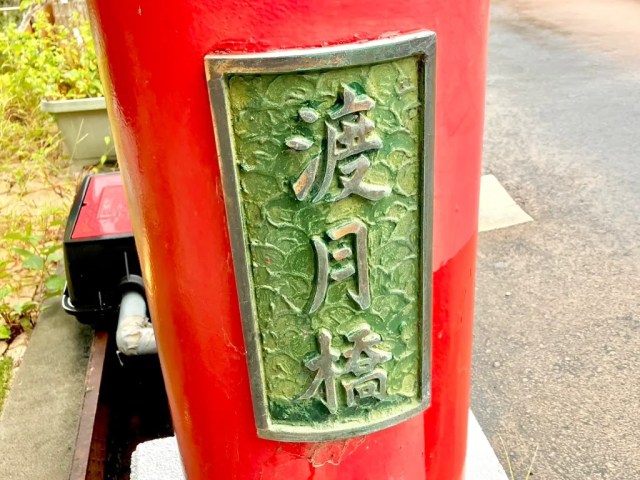
▼ The walk from the bus stop to Togetsukyo
The bridge is here to get people over a river, but there’s also a footpath you can take that runs alongside the waterway.
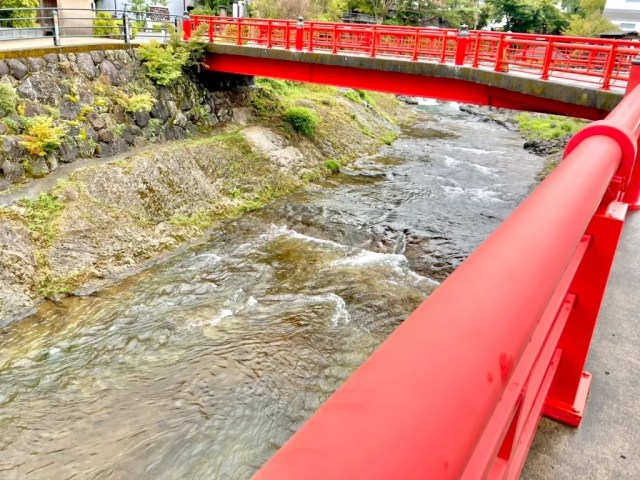
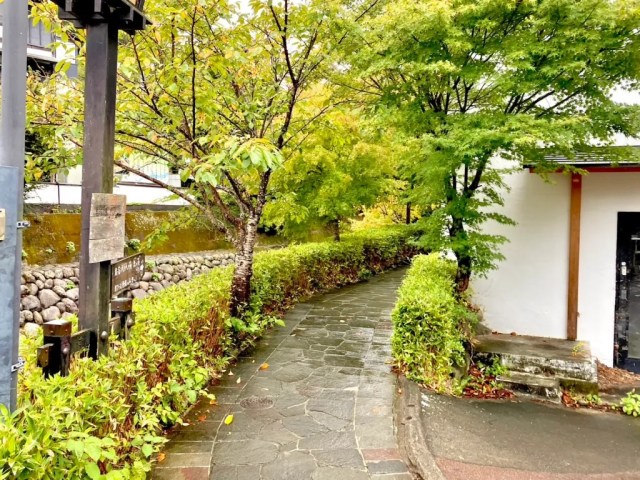
On the day of our visit, there was a steady drizzle, but that just added to the ambiance, with the sounds of the river mixing with the pattering of raindrops on the stone walking surface. Despite the overcast skies, it wasn’t a particularly chilly day, and the feeling was actually nice and cozy.
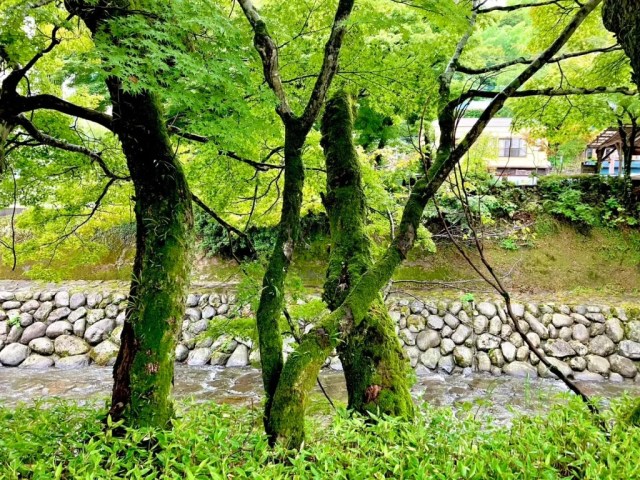
After walking a little further, we came to another picturesque bridge, this one also coincidentally sharing a name with one in Arashiyama, Katsurabashi.
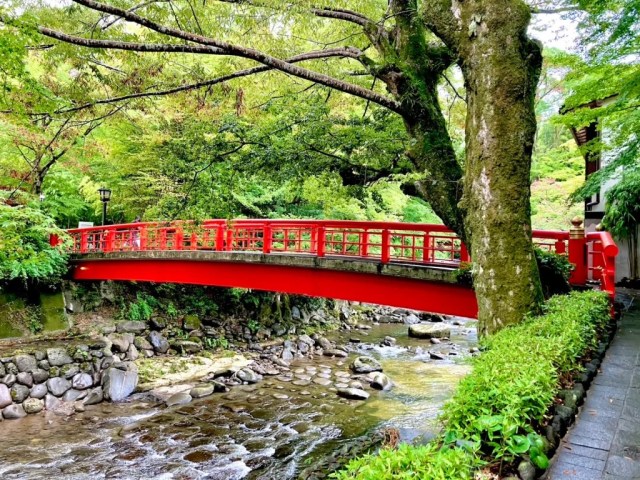
▼ From Togetsukyo to Katsurabashi
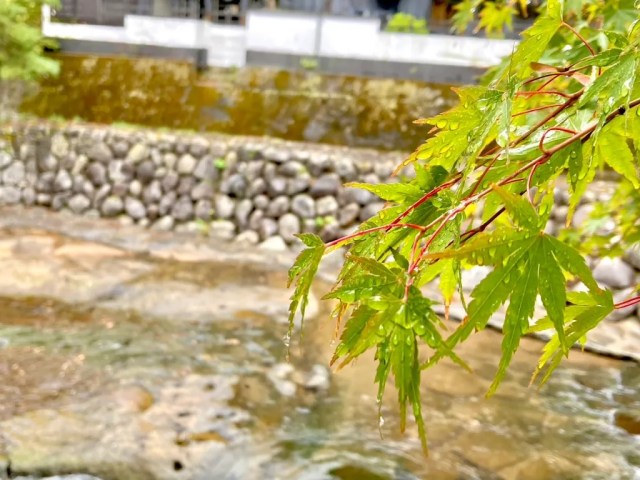
But the most beautiful sight we saw on our visit came a little further on…
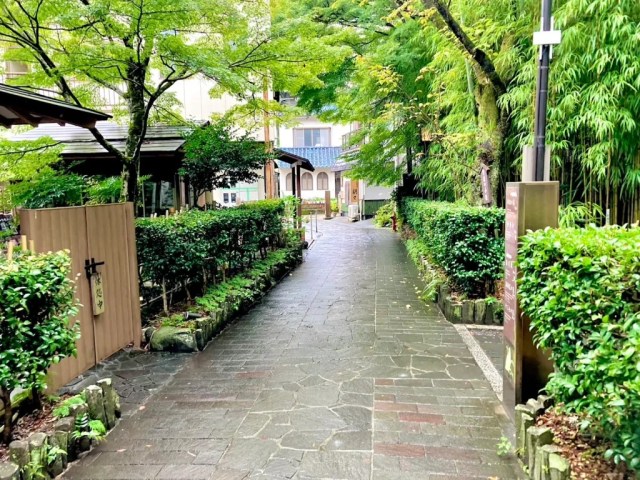
…when we reached Chikurin no Komichi, or “the Bamboo Path.”
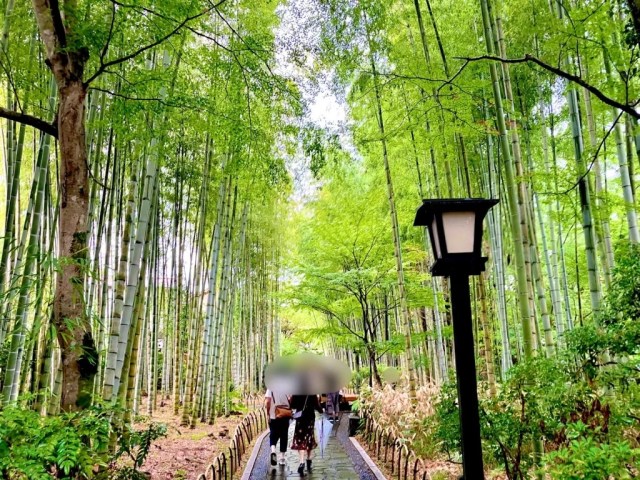
▼ From Katsurabashi to Chikurin no Komichi
This beautiful pathway through a bamboo grove even has a circular bench in the middle, where you can sit down, tilt your head back and look up at the greenery, and bathe in the sounds of the nearby river as you rest your soles and soul.
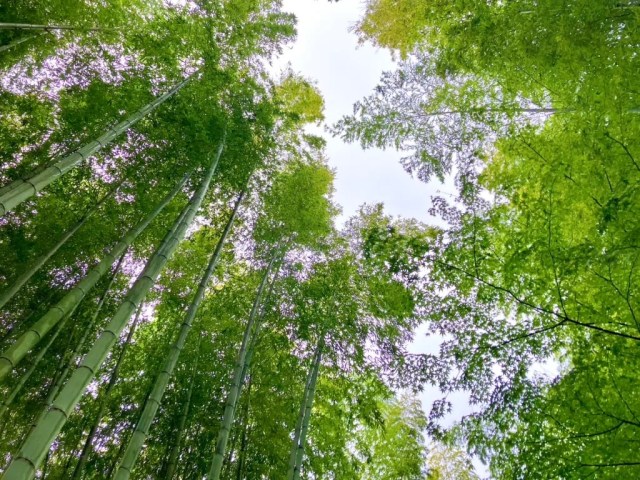
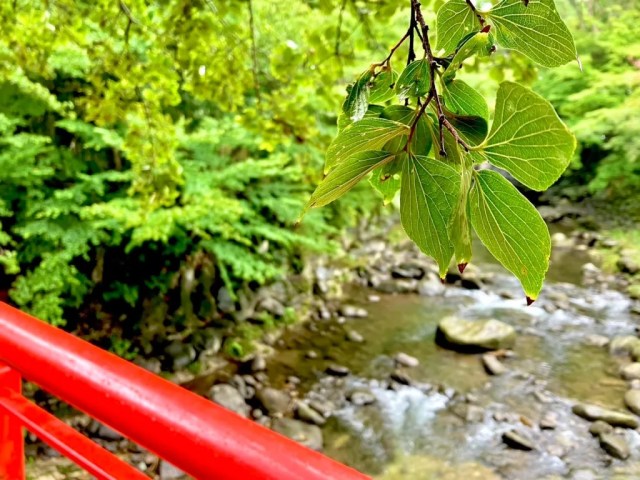
Unfortunately, our schedule this day didn’t allow us enough time to stop by Shuzenji Temple, which was founded in the ninth century and from which the neighborhood gets its name, or for a soak in one of the district’s many hot springs, which include public baths, baths for hotel guests, and even an open-air foot bath, Tokkonoyu, that flows from a spring said to have been discovered by traveling monk Kobo Daishi, a.k.a. Kukai more than 1,200 years ago.
▼ Shuzenji Temple
As a “little Kyoto,” Shuzenji isn’t big enough to fill up your entire Japan trip itinerary. It is, though, a way to get a taste of traditional Japan without huge crowds (we went on a weekday afternoon, and as you can see from the photos, it wasn’t at all crowded), and it’s a doable day-trip from Tokyo or Atami, as well as conveniently positioned for an overnight stay if you’re looking to break up your trip along the Tokyo-Kyoto route that many travelers trace while in Japan.
Related: Shuzenji Onsen official tourism website
Photos ©SoraNews24
● Want to hear about SoraNews24’s latest articles as soon as they’re published? Follow us on Facebook and Twitter!
[ Read in Japanese ]
Like this:
Like Loading…

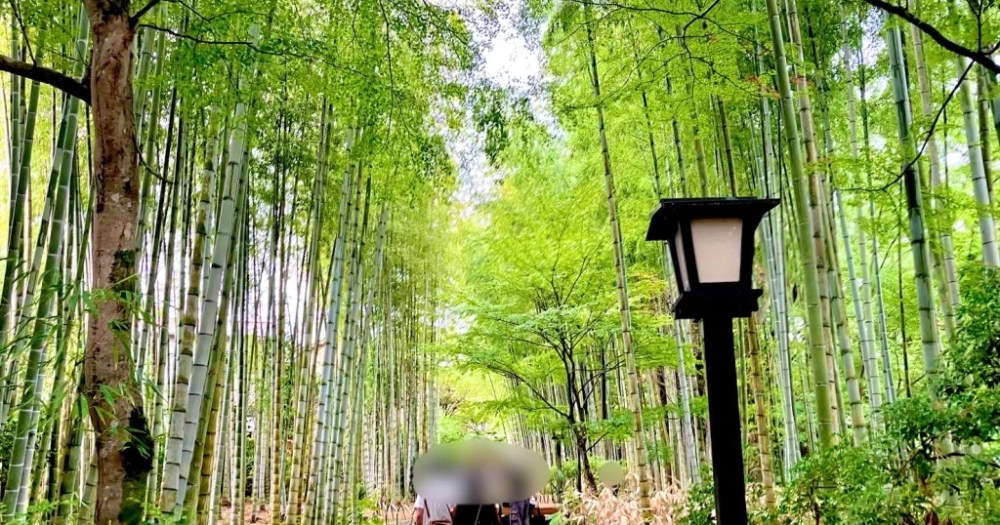
AloJapan.com